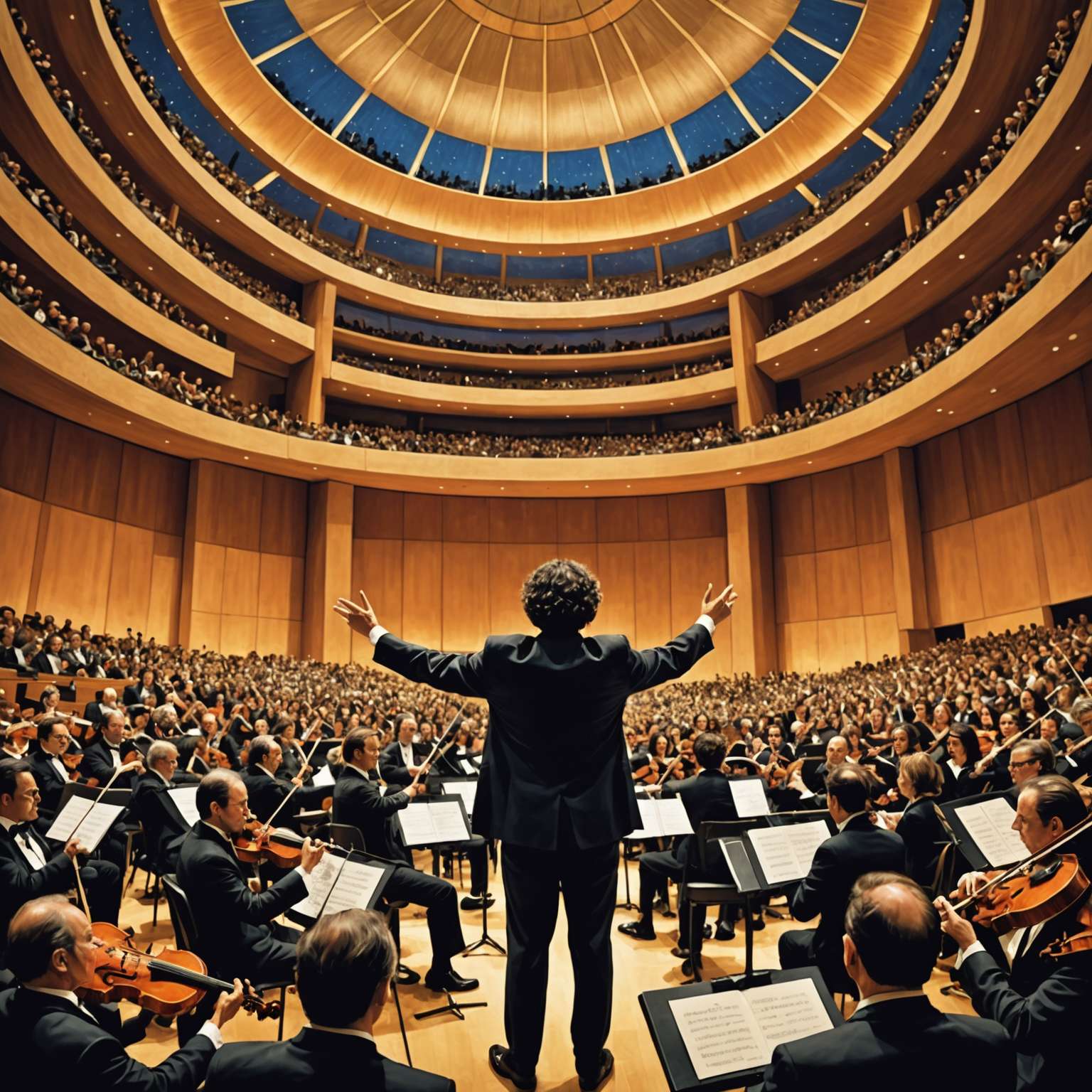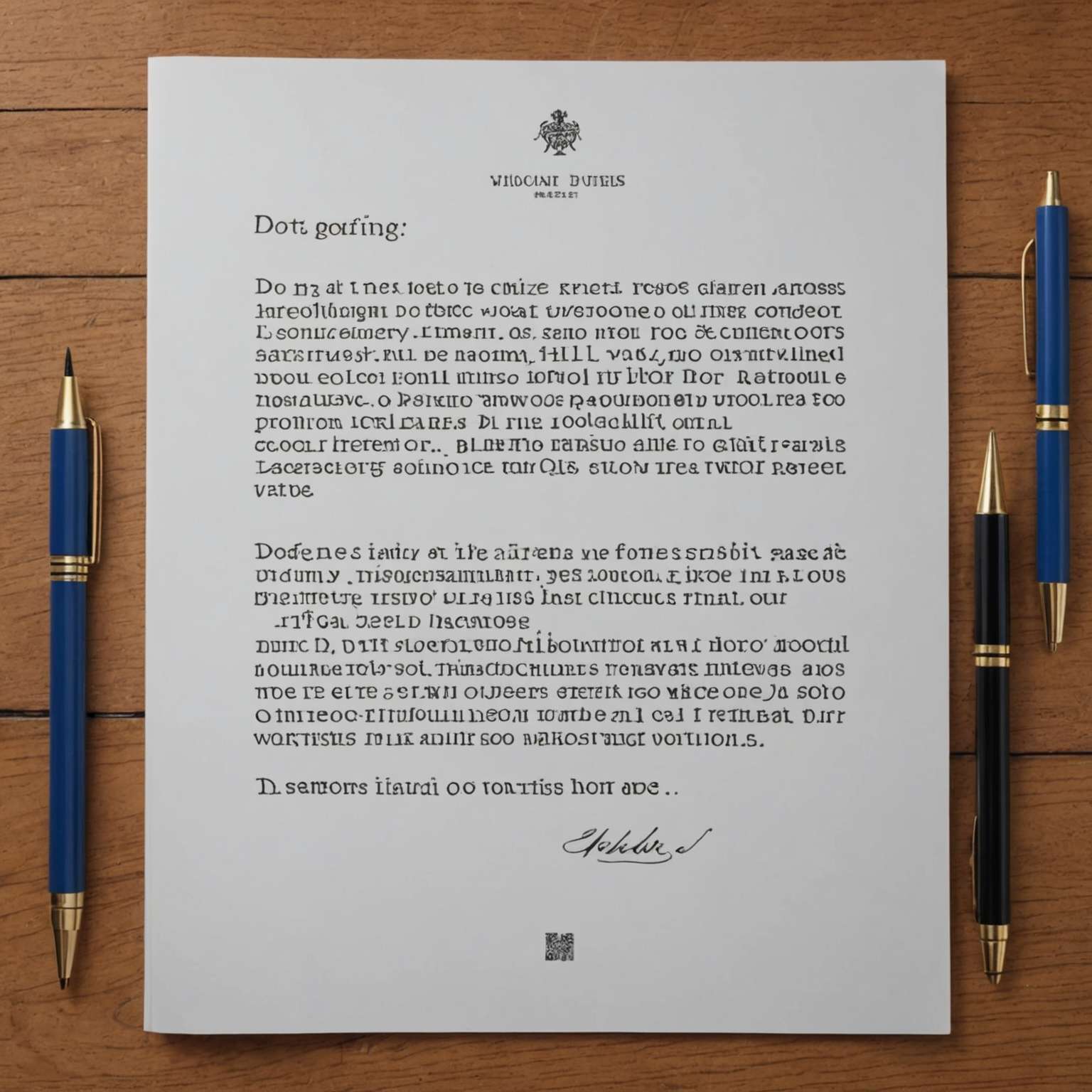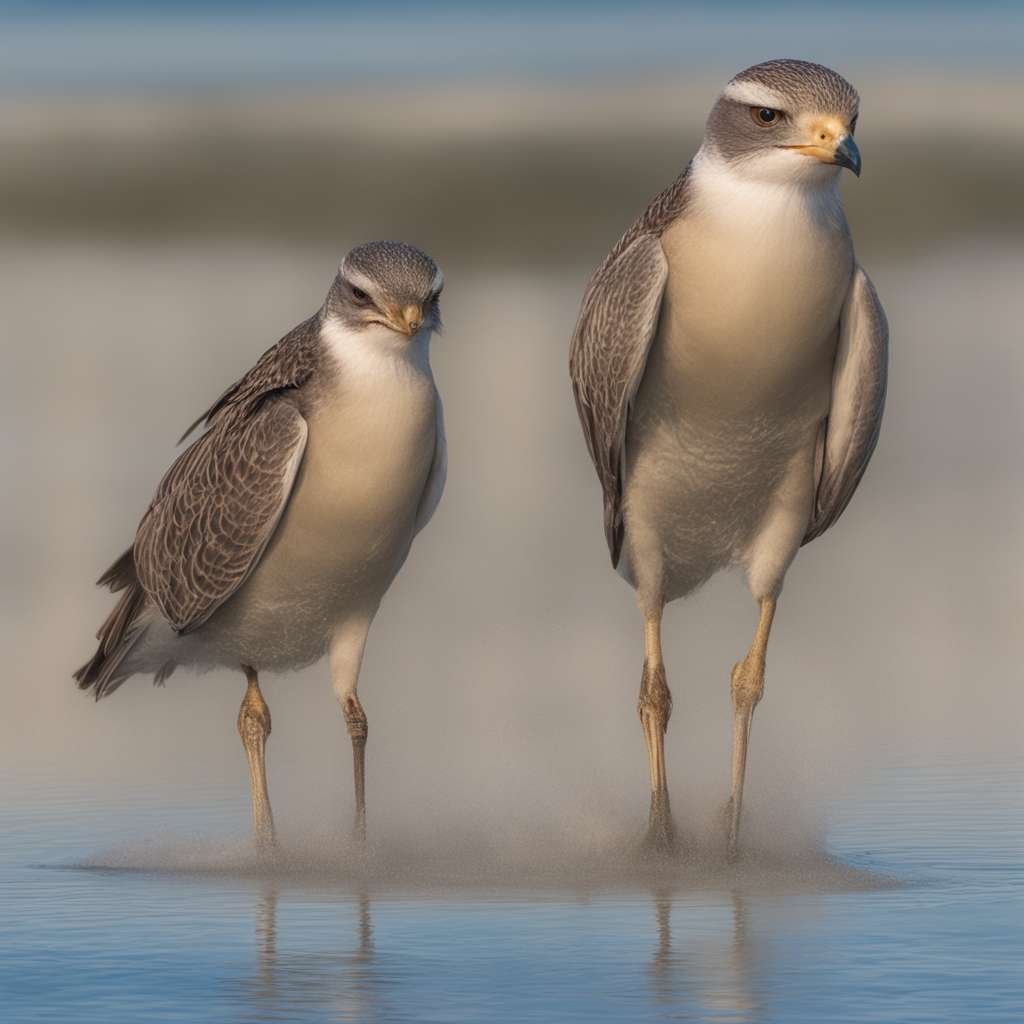
How to catch the stunning Perseid meteor shower in Los Angeles
- The Perseid meteor shower will peak between August 12 and 13, offering a spectacular display of up to 100 meteors per hour.
- The meteor shower is caused by Earth passing through debris left by Comet 109P/Swift-Tuttle, with particles entering our atmosphere at 36 miles per second.
- For optimal viewing in Los Angeles, visit locations with minimal light pollution such as Palos Verdes, Malibu, or the Angeles National Forest.
The Perseid meteor shower, one of the most anticipated celestial events of the year, has officially begun. According to NASA, the shower, which became active on July 14, will peak between the late evening of August 12 and the early morning of August 13. This annual event is renowned for its prolific display, with skywatchers able to witness between 50 to 100 meteors per hour under optimal conditions.
Understanding the Perseid Meteor Shower
The Perseid meteor shower is caused by Earth passing through the debris left by Comet 109P/Swift-Tuttle, which orbits the sun every 133 years. As these particles enter Earth’s atmosphere at speeds averaging 36 miles per second, they create bright streaks of light, commonly known as shooting stars. The Perseids are particularly famous for their fireballs—larger explosions of light and color that last longer than the average meteor streak. This phenomenon occurs due to the larger particles of cometary material.
The shower is named after the constellation Perseus, from which the meteors appear to radiate. The radiant point, however, is not where observers should focus their gaze. Instead, looking about 45 degrees away from the radiant will provide the best chance of seeing longer, more spectacular meteors.
Best Viewing Practices in Los Angeles
To maximize your chances of witnessing the Perseid meteor shower in all its glory, it is crucial to find an area with minimal light pollution. Los Angeles, with its sprawling urban landscape, poses a challenge for stargazers. However, there are several locations within and near the city where the skies are sufficiently dark.
For those willing to venture out, the Palos Verdes coastline and less-developed areas of Malibu offer relatively dark skies. The western coastline by Leo Carrillo is open for day use until 10 PM, and the higher elevations of the Angeles National Forest, such as Mount Wilson, provide excellent vantage points. For the most dedicated observers, a trip to Joshua Tree National Park will offer some of the darkest skies in Southern California.
NASA advises that the best time to view the Perseids is during the pre-dawn hours, as the radiant point is highest in the sky. This year, the moon will set around midnight during the shower’s peak, providing a window of dark skies ideal for meteor watching.

Historical and Scientific Significance
The Perseid meteor shower has been observed for centuries, with the earliest records dating back to 36 AD in Chinese annals. In medieval Europe, the shower was known as “The Tears of St. Lawrence,” commemorating the martyrdom of the Christian deacon Laurentius in 258 AD. This historical context adds a layer of cultural significance to the celestial event.
Scientifically, the Perseids provide a direct observation of Earth’s interaction with cometary debris. The meteors’ bright trails are the result of air in front of the meteor being compressed and heated to thousands of degrees Celsius, causing the particles to vaporize. This annual event is a testament to the dynamic nature of our solar system and the ongoing processes that shape it.
Our Advice on the City
For those planning to catch the Perseid meteor shower in Los Angeles, preparation is key. Here are some tips to enhance your stargazing experience:
1. *Choose Your Location Wisely: Opt for areas with minimal light pollution. The outskirts of the city, such as the Angeles National Forest or the Malibu coastline, are ideal.
2. Check the Weather: Clear skies are essential for meteor watching. Keep an eye on the weather forecast and be prepared to change locations if necessary.
3. Timing is Everything: The best time to view the Perseids is between midnight and dawn. Plan to arrive at your chosen location early to set up and allow your eyes to adjust to the dark.
4. Comfort is Key: Bring a comfortable chair or blanket, and dress warmly. Even in summer, temperatures can drop significantly at night.
5. Avoid Light Pollution*: Turn off any unnecessary lights and avoid looking at your phone to keep your eyes adjusted to the dark.
In conclusion, the Perseid meteor shower offers a unique opportunity to connect with the cosmos and witness one of nature’s most spectacular displays. For occasional travelers, consider making a night of it by camping out in one of the recommended dark sky locations. For expert travelers, this is a perfect time to experiment with astrophotography, capturing the beauty of the meteors against the backdrop of the Milky Way.
Whether you are a seasoned astronomer or a casual observer, the Perseid meteor shower is an event not to be missed. So, mark your calendars, prepare your gear, and get ready to be awed by the celestial show.
Trending now







